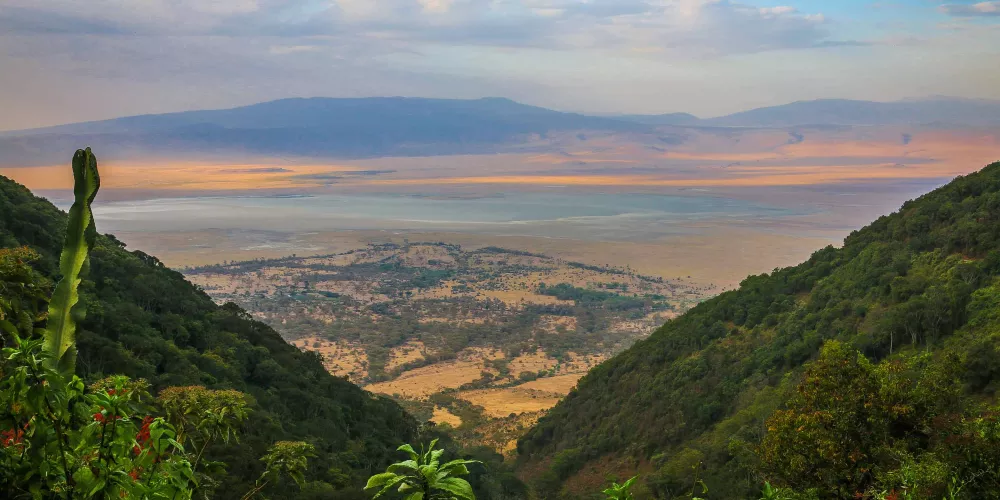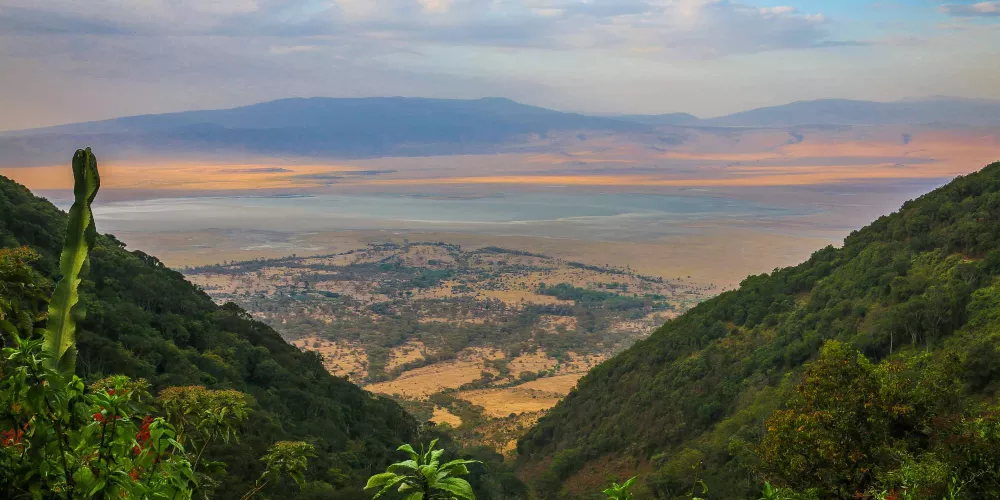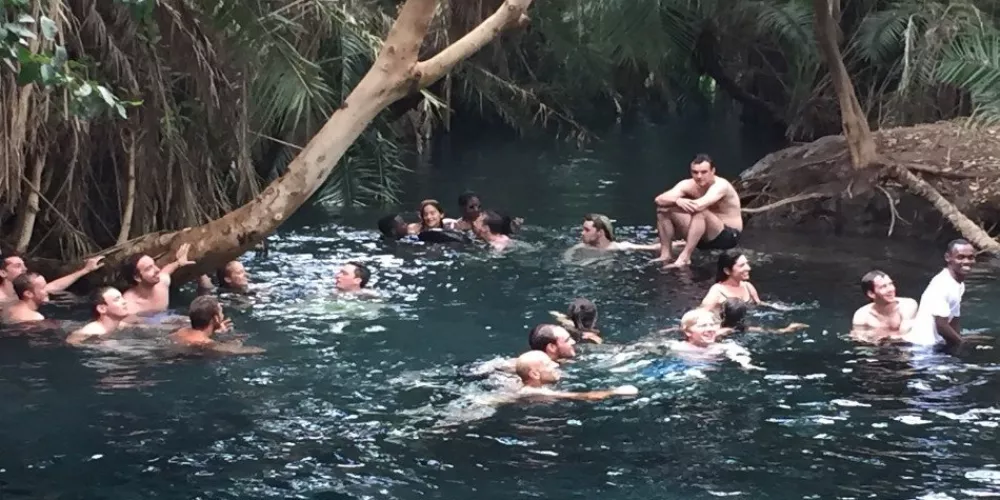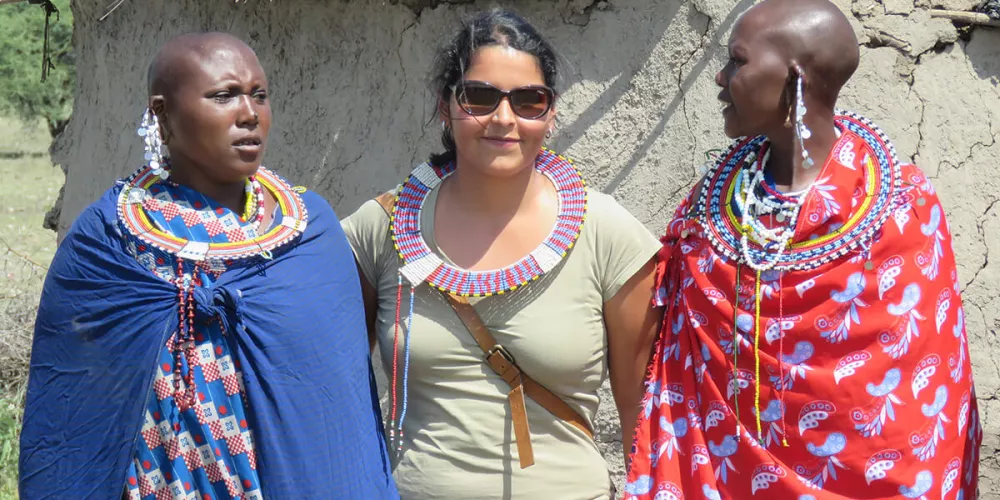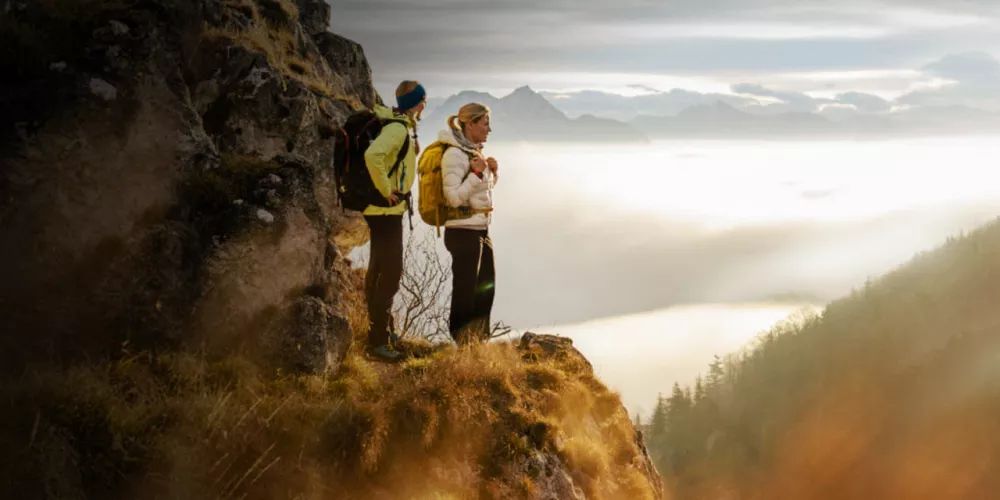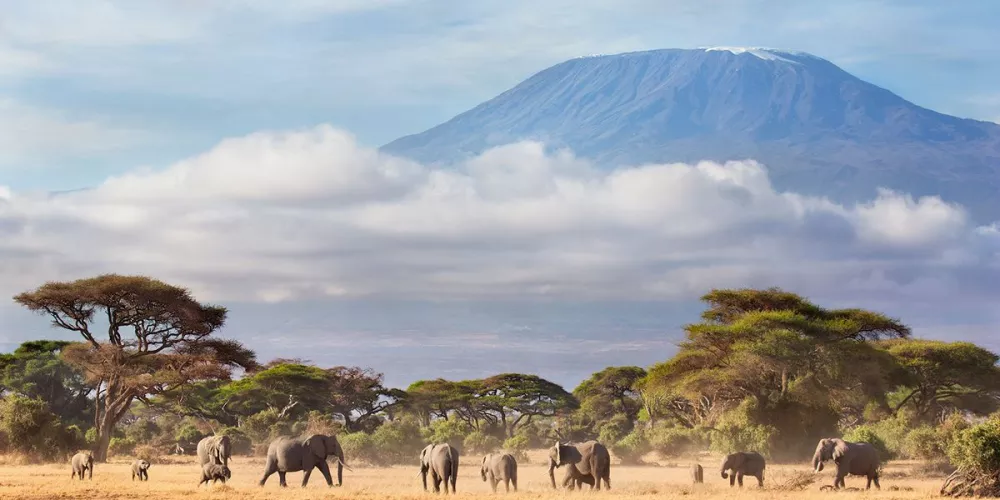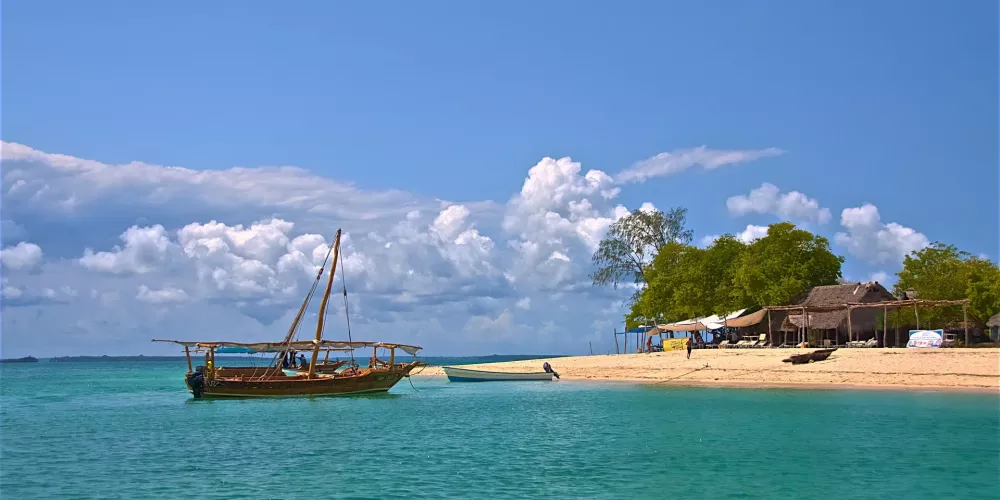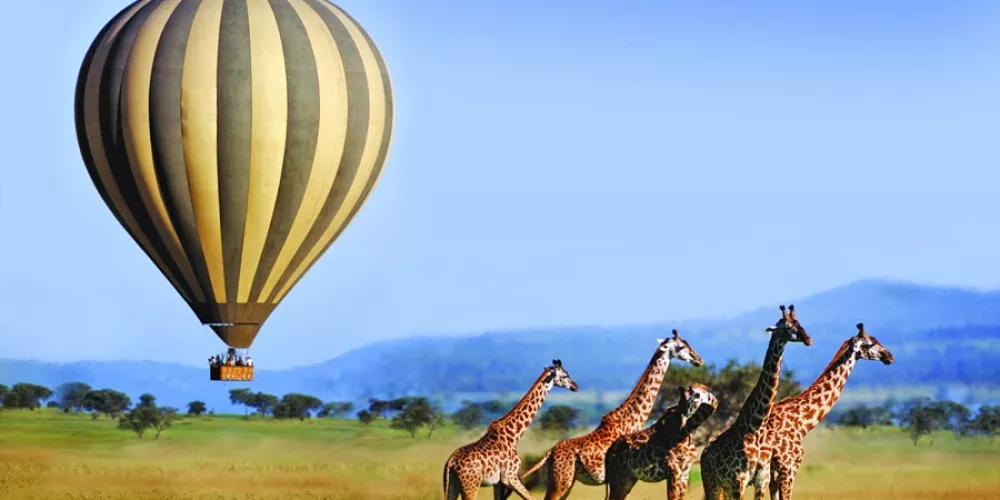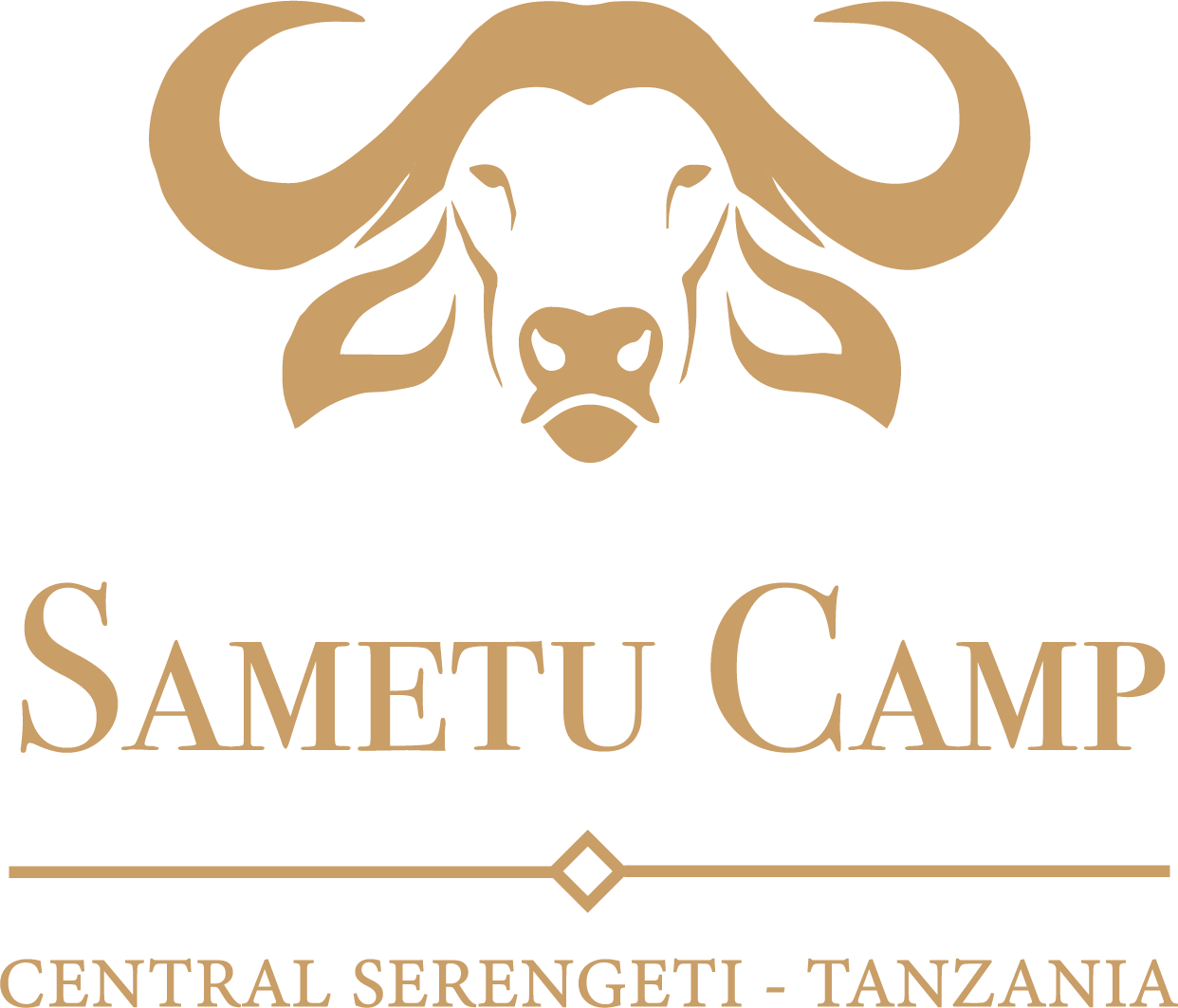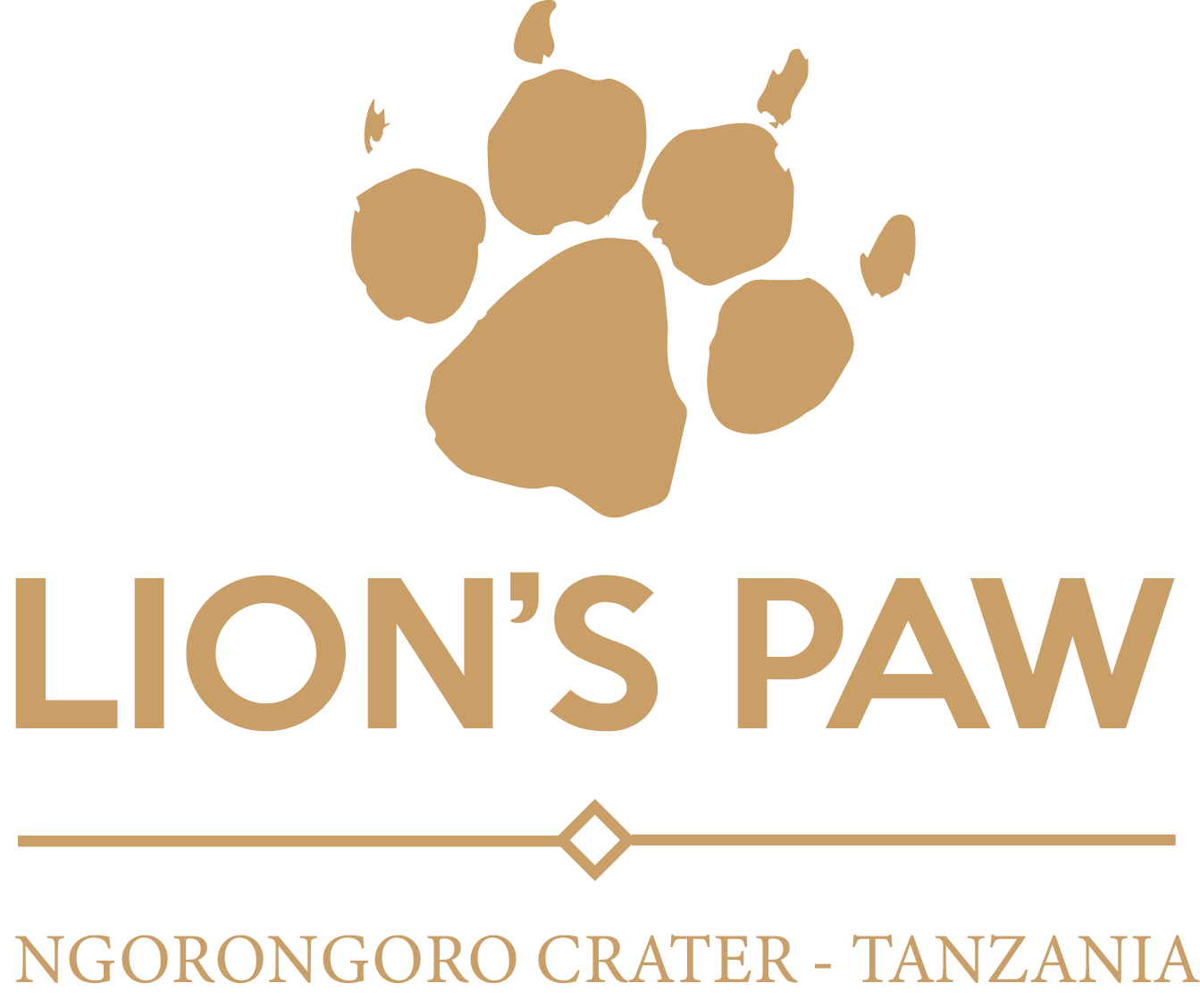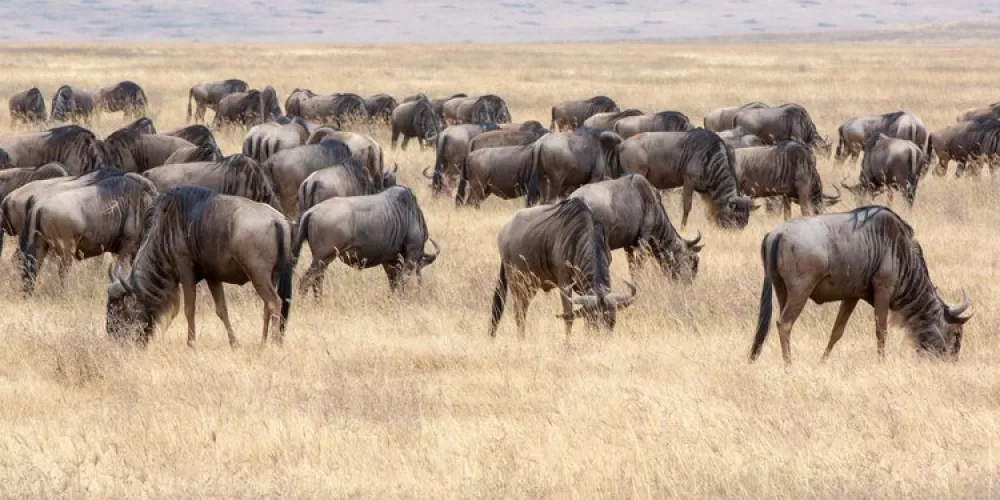
luck
Tour ExpertWhy Serengeti Park Tanzania
Welcome to Serengeti National Park
Maasai people called this park 'Siringet', meaning endless plains. The Serengeti speaks for itself and with a good reason not only the migration of over 1 million wildebeest through its plains and woodlands but also unique landscapes and other spectacular wildlife.
The Serengeti is home to the world’s largest populations of Wildebeest, Zebra, Cape Eland, Lion, Cheetah, Hyena, and Gazelles. The scenic beauty of the sky with cool nights and warm days makes your visit to this remaining home for the great migration of large mammals incredible!
Climate
The climate of the Serengeti National Park is subtropical, with a rainy season from November to April and a dry season from May to October. The park is located at an altitude between 1,100 and 2,000 meters with annual average rainfall ranging from 900 to 1,000 mm.
Getting there
The park can be accessed by road and air.
Road. Accessed from all towns and cities to the present entry or exit points/gates namely Naabi Hill, Seronera, Ndutu, Kusini, Kirawira, Handajega, Ikoma, Tabora ‘B’, Lamai, Lobo, Ndabaka, Machochwe, and Kleins.Air. There are all-weather airstrips in the center of the park (Seronera), in the South (Kusini), in the East (Lobo), in the West (Kirawira), and in the North (Kogatende & Lamai). There are scheduled and private charters from Arusha, Mwanza, Kilimanjaro, Musoma, Dar es Salaam and Zanzibar.
Attractions
Serengeti National Park, a world-renown, World Biosphere Reserve and World Heritage Site has many more attractions than any other national park in Africa. The Great Migration, The Big Five, Unique Bird Collections, Endangered Species, the highest concentration of Carnivores and Herbivores, and Scenic and Spectacular Landscapes are some of the attractions one will encounter!
The Great Migration
The great wildebeest migration of over 1.3 million is accompanied by large numbers of zebra, and smaller numbers of Grant's & Thomson's gazelle, eland, and impala with an annual pattern-seeking fresh grazing and water. Having a chance of encountering this phenomenon gives you a lifetime experience of nature.
- White Bearded Wildebeest (Connochaetes taurinus) form major part of the "Great Migration"
- Common zebra (Equus burchelli)
- Thomson Gazelles (Eudorcas thomsonii)
- Eland (Taurotragus oryx)
- The migration follow the same patterns every year when the weather patterns are normal.
- Highest Concentration of Carnivores
Serengeti has the highest concentration of carnivores, especially all the big African cats such as Lions, Leopards, Cheetah and Spotted Hyena! Seeing these powerful predators hunting and sometimes fighting for the territory all make your day! Please plan a visit!
- Cheetah (Acinonyx jubatus) are commonly sighted in Serengeti plains
- Leopard (Panthera pardus) despite their solitary behavior are commonly seen in Serengeti.
- Spotted Hyena (Crocuta crocuta) are the most abundant of the large carnivores
- Silver Backed Jackal (Canis mesomelas) are commonly seen in the park
- Largest Concentration of Herbivores
Serengeti has more than 28 species of herbivores including buffalos, wildebeest, zebras, elands, hippos, and waterbucks. During game viewing spotting herbivores coloring the endless plains while feeding gives you a thrilling experience!
- Elephants (Loxodonta africana)
- Hippo (Hippopotamus amphibious) are abundant in rivers of Serengeti National Park
- Grant Gazelle (Gazella granti) are commonly seen.
- These species of Defassa waterbuck (Kobus ellipsiprymnus defassa) is commonly found near water bodies in the park
- Klippsringers (Oreotragus oreotragus) are normally found on the rock outcrops (Kopjes) which characterize the park
- Endangered Species
- Serengeti is one of the last remaining sanctuary for critically endangered Black rhinos (Diceros bicornis michaeli) as well as endangered African hunting dog!
- Endangered African hunting dog (Lycaon pictus)!
- Diverse Birdlife
With more than 530 species recorded one quarter being those migrating from other parts of the world, the park forms an ecologically important bird area and ideal place for bird lovers! Some of the species commonly seen are European and Abdim's storks, Eurasian Roller, Barn Swallows, Fish & Martial Eagles etc.
- Migratory White stork (Ciconia ciconia) are seen during the wet season
- Egyptian geese (Alopochen aegyptiaca), Southern Serengeti
- Grey Parrots (Psittacus erithacus)
- Gully billed tern (Gelochelidon nilotica) are commonly seen in the southern plains during the wet season
- Little bee-eater (Merops pusillus) are common in the park
- Cultural & Historical Sites
Serengeti is home to many cultures from the famous tribes of Maasai, Sukuma, Kurya and Ikoma. Indigenous maasai,ikoma use to live in parts of the park before they were resettled outside the park. The present signs which are still visible at the famous Maasai Rock Painting, Gong rock and Ikoma ruins marks a special combination of game viewing and human history.
- Gong rock in Moru Kopjes, Southern Serengeti
- Fort Ikoma is a historical site about Germans in East Africa.
- Ikoma Ruins that are believed to have been made by indigenous Ikoma tribe in the North Western Serengeti.
- Scenic and Spectacular Landscapes
The vast scenic and unspoiled landscapes among others made this area recognized as a World Heritage Site by UNESCO. With its vast plains, rolling hills and island of Kopjes increases the beauty of the park
Gol Kopjes Southern Serengeti; a magnificent landscapes of the park
Mara River through the park is one of the beautful natural feature especially when viewed from above.
Plants and Insects
The park is rich in plant life as well as insects. During the rain seasons the park bust in wild flowers and beautiful butterflies providing exceptional experience to botanists and entomologists
Beautful flowers decorate the park during the rain season.
Activities
Having unparalleled attractions ,Serengeti has a number of tourism activities and opportunities for visitors to get the best wildlife experience! Some of these includes Hot Air balloons, Game Drives, Filming and photographic safaris,Walking safaris, Bush meals and Cultural tourism.
- Hot Air Balloon Safari
- Hot Air balloon which gives visitor a chance to see the park in a different perspective!.... Seeing it from the top!
- A balloon flight; normally conducted during the morning!
- Game Viewing by Vehicles
- This is major tourist activity in the park. It gives the visitors an opportunity to see animal comfortably from their vehicles. Don't miss come and see!
- Tourists conducting game drive.
- Spotting the migration!
- Professional Filming &Photographing
- The park is a perfect place for professional photographing, footages and filming. Come and have a snap!
- Filming activity in the park
- Bushmeal
- Having a meal in the middle of the bush while surrounded by animals, the sceneries and the beautiful sky makes the day memorable!
- Tourists having a bushmeal
- Tourism Sinks
- These designated special areas provides a chance for visitors to stretch and see things around therefore come close to nature.
- Tourists stretching and see things around
- Walking Safaris
- The best way to experience nature is on foot. Serengeti offers opportunity for walking safaris in wilderness and normally accompanied by an armed Park Ranger.
- Walking safaris
Accomodation Facilities
Accommodation options are many from extreme air-conditioned luxury to simple camps, lodges and camping sites. TANAPA oversees the booking and management of Public, Special and seasonal campsites, rest house and bandas.
- Public Campsite
- Shared campsite with toilets, kitchen, dinning and shades
- Special/Seasonal Campsite
- These kind of accommodation facilities are available in the park. They range from normal to luxury ones.
- Seasonal Campsite in the central part of Serengeti
- Special campsite in the Northern part of Serengeti
- Bandas
- The self contained rooms with shower block, toilets and cooking/dining area are available
- Rest House
- The self contained rooms with shower block, toilets and cooking/dining area
- Hostels
- These are affordable accommodations for students and low budget tourists
Lodges
- The park has about 6 Lodges ranging from 3 to 5 star! These are Seronera wildlife lodge, Lobo Wildlife lodgeMelia Serengeti, Four season safari Lodge, Serena and Sopa Lodge
- A lodge inside the park (Photo Four Season Safari Lodge)
- A lodge in South Western part of the park (Grand Melia)
- Permanent Tented Camp
- These kinds of categories are available as well most of them being high-end facilities. Some of these are Sayari Camp, Serengeti Bushtops, Kurya Hills, Nimali Mara, etc
- Permanent tented camp in the Northern Serengeti
- A permanent tented camp in the Western Serengeti
Visit Serengeti National Park Today
Support the work of Serengeti National Park by visiting the park and seeing the wildlife that calls this place home. Visiting Parks helps support local livelihoods and helps protect wildlife for generations to come.



